Recognizing shapes Reading Worksheets for 7-Year-Olds
4 filtered results
-
From - To
Welcome to our "Recognizing Shapes Reading Worksheets for 7-Year-Olds"! Designed to enhance early literacy and mathematical skills, these engaging worksheets will help children identify and understand various shapes through fun reading activities. With a variety of exercises including matching, coloring, and shape-based reading prompts, your child will enjoy exploring shapes in a meaningful context. These worksheets not only reinforce shape recognition but also promote essential reading comprehension skills. Perfect for classroom use or at-home learning, our resources will inspire young learners to connect shapes with everyday objects while boosting their confidence in reading. Download today for an interactive learning experience!
Recognizing shapes is a fundamental skill that extends beyond geometry into essential aspects of a child's cognitive and academic development. For parents and teachers, fostering shape recognition in 7-year-olds is crucial as it lays the groundwork for math proficiency, problem-solving, and critical thinking skills. Kids learn to identify and categorize shapes, which enhances their ability to understand spatial relationships and develop logical reasoning.
Moreover, recognizing shapes is intertwined with early reading development. As children learn to read, they begin to recognize shapes within words, letters, and symbols, forming visual literacy critical for academic success. When children can identify different shapes, they’re better equipped to decode letters and understand sentence structures.
Furthermore, recognizing shapes can enhance fine motor skills as children engage in activities such as drawing, building, and crafting. These hands-on experiences not only create a stronger understanding of geometry but also encourage creativity and expression.
Lastly, nurturing this skill through engaging activities promotes a love for learning. Empowering children to connect shapes with the world around them helps create a more comprehensive educational experience, making it essential for parents and teachers to prioritize shape recognition as part of their child’s learning journey.
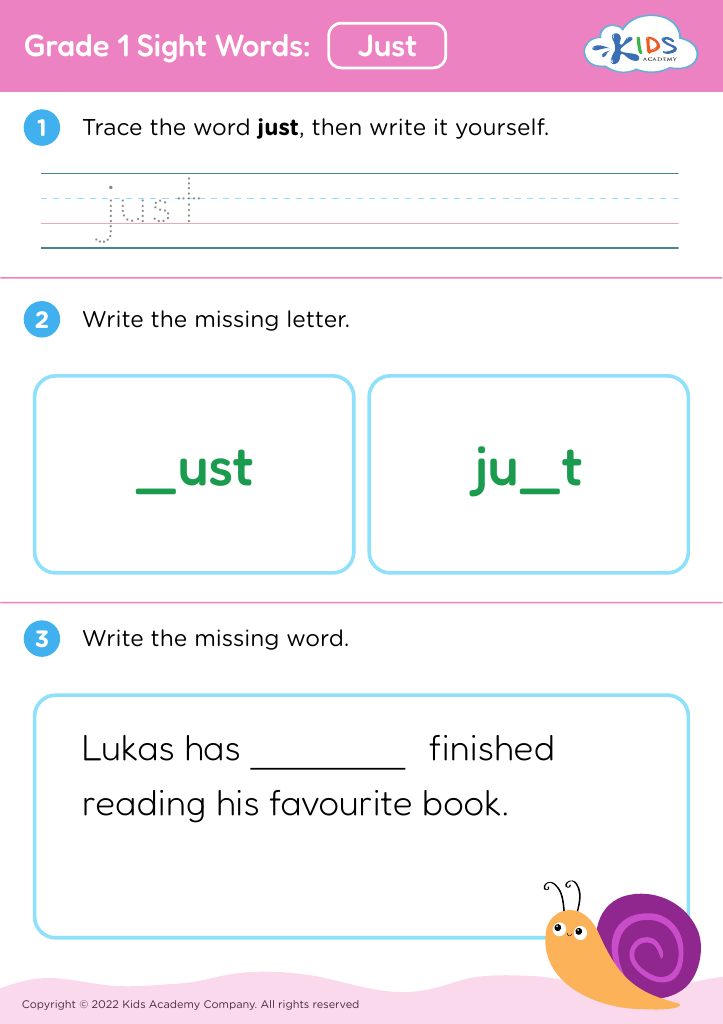

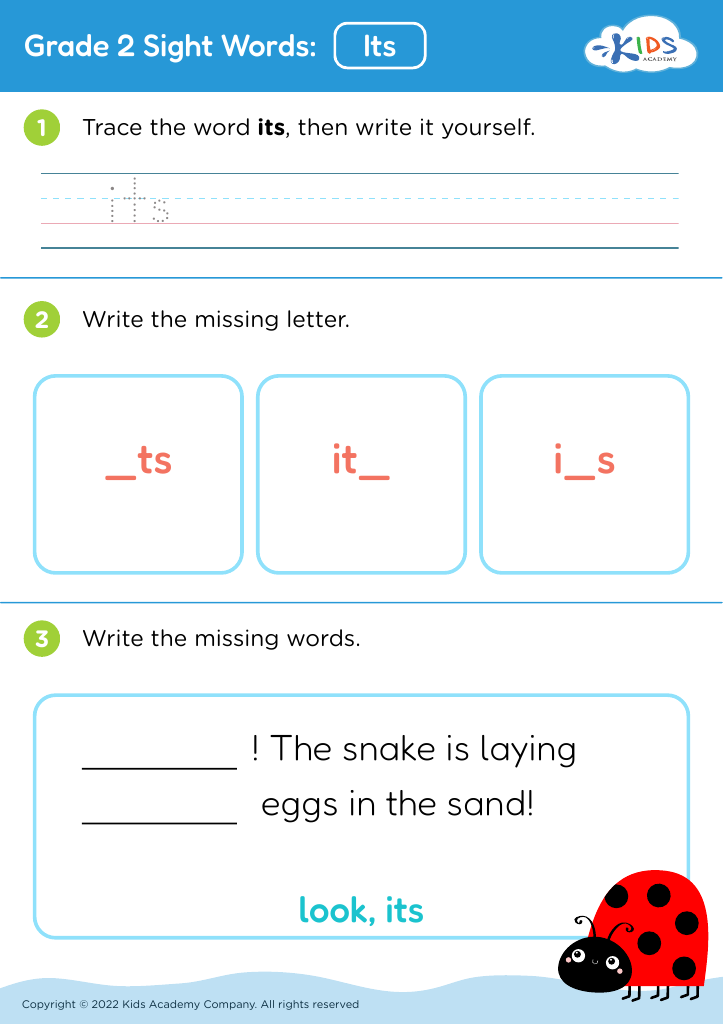

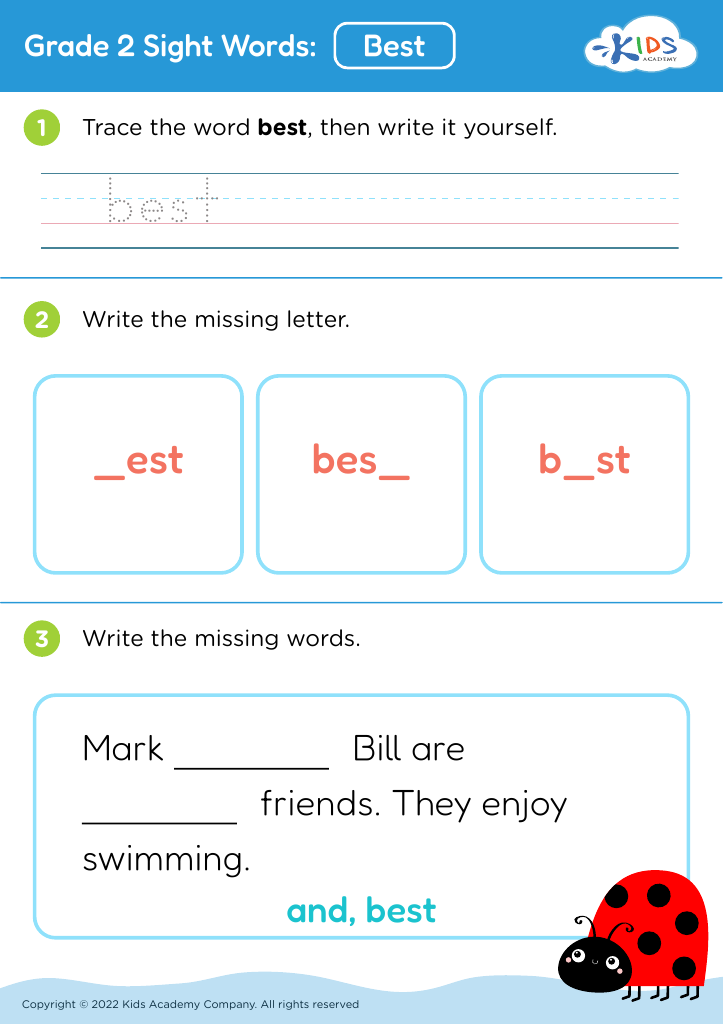




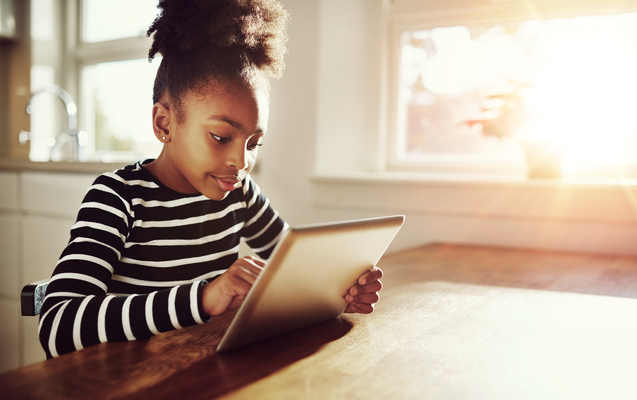

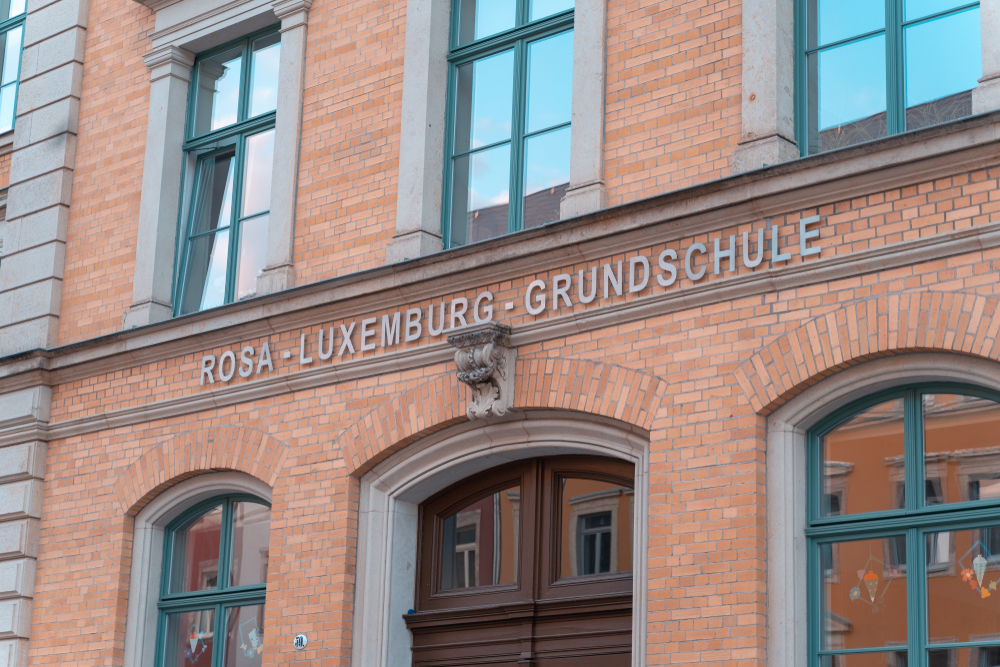

.jpg)











